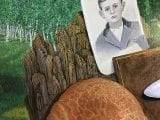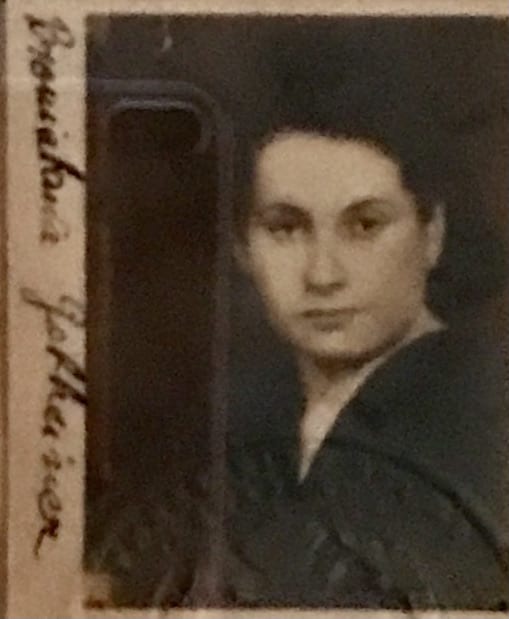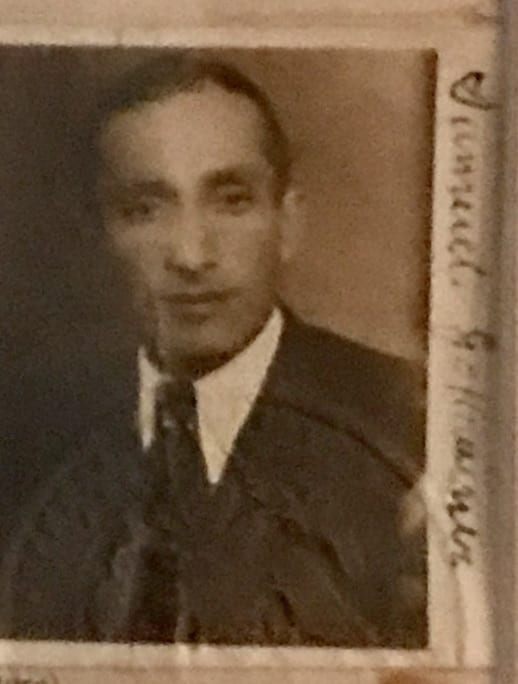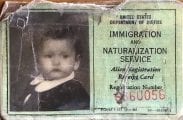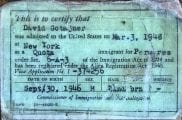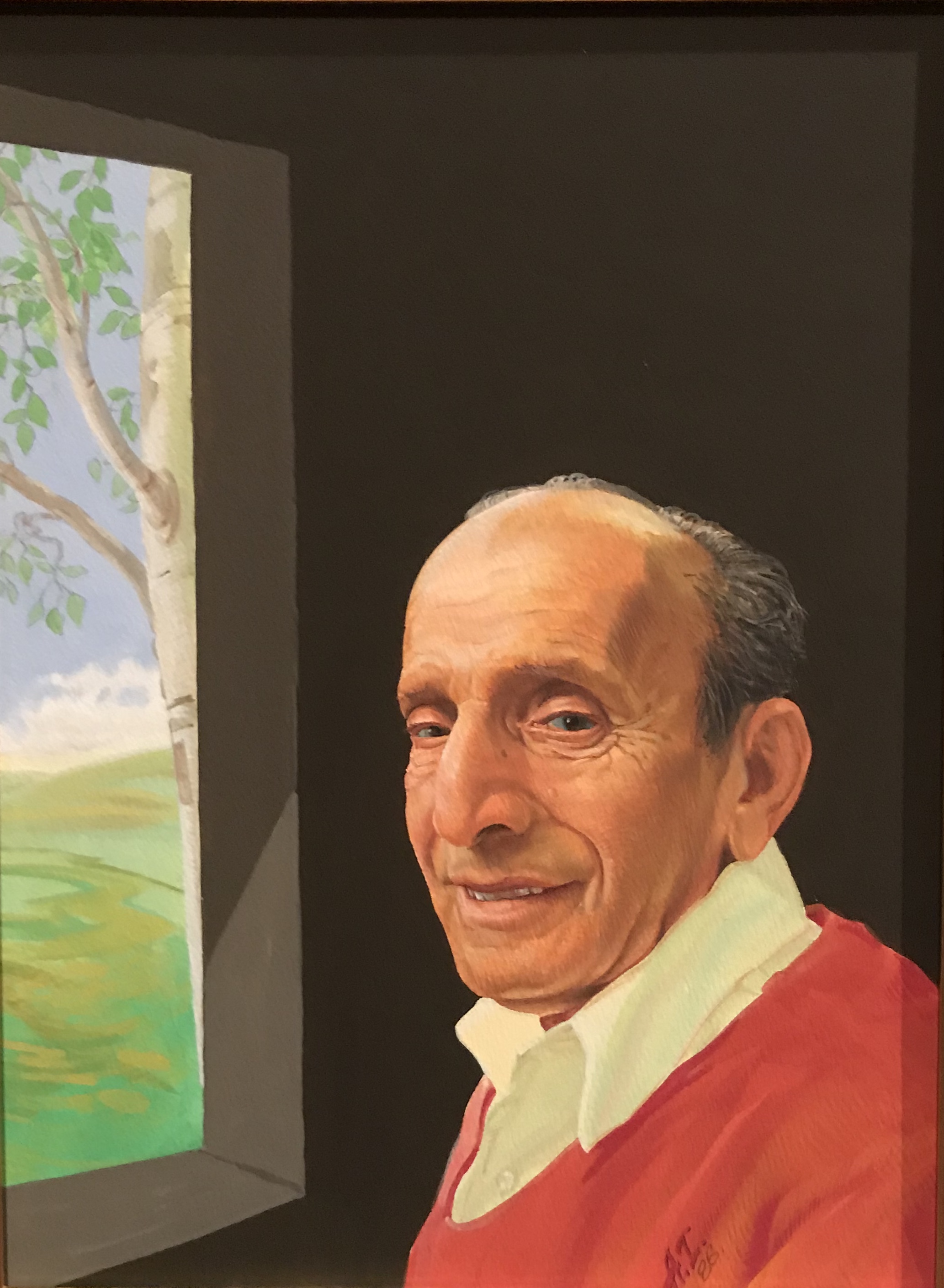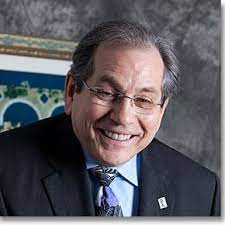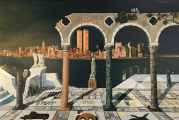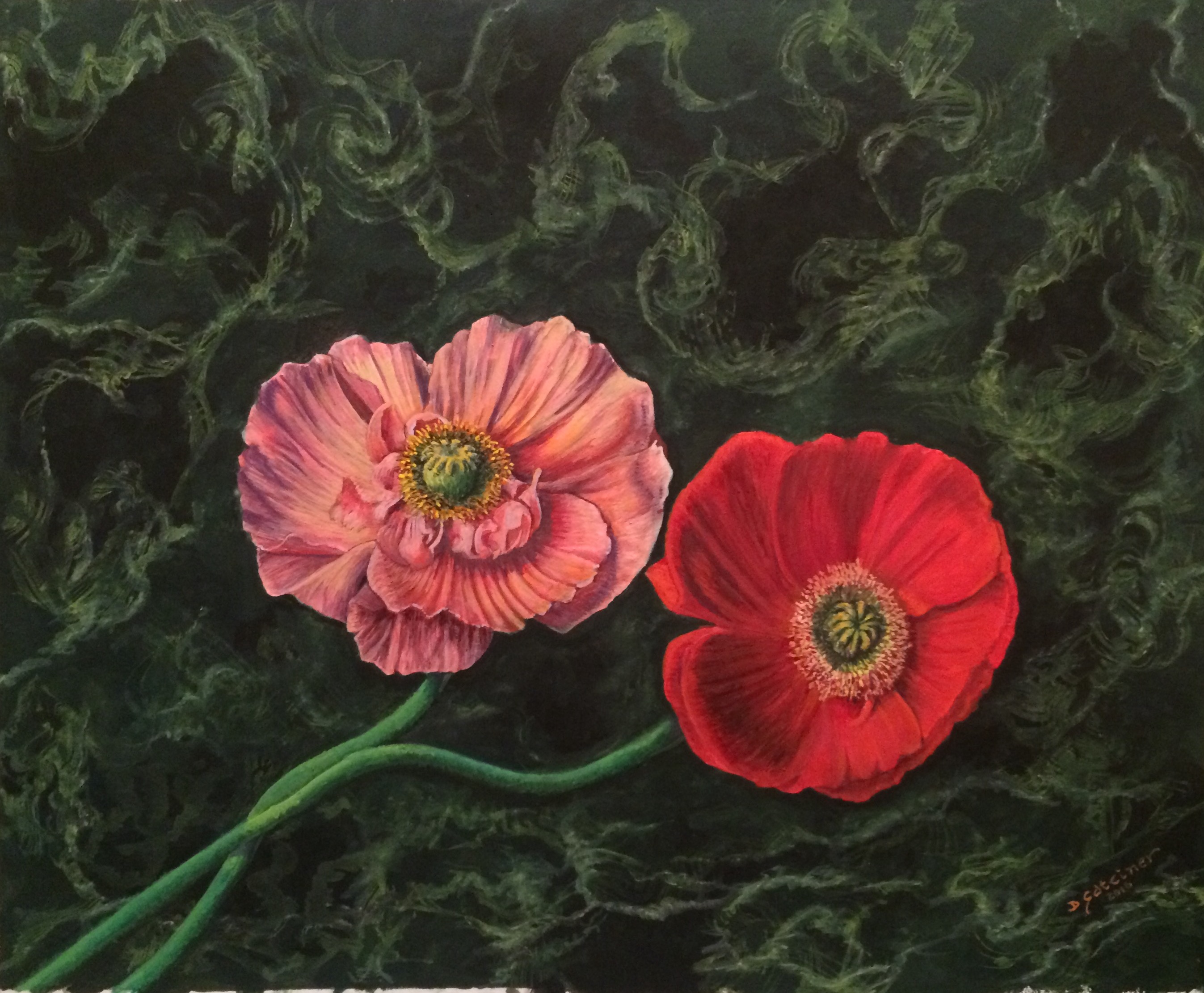- Voices of Descendants
- DAVID GOTEINER
- Voices of Descendants
- DAVID GOTEINER
Descendant Profile
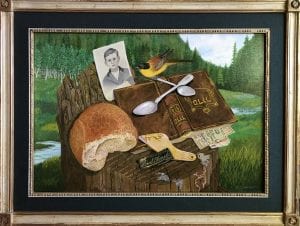
DAVID
GOTEINER
SECOND GENERATION
DESCENDANT:
DAVID GOTEINER, ARTIST
DAVID GOTEINER, ARTIST
RELATED SURVIVOR(S):
-
DESCENDANT brief BIOGRAPHY AND ARTIST STATEMENT OF HOLOCAUST STILL LIFE BY DAVID GOTEINER, SON
David Goteiner immigrated to the United States in 1948 at the age of 18 months from Mannheim, in what was then the American Sector of occupied Germany. His interest led him into the sciences at Stuyvesant High School in New York City and biology at Brooklyn College. He received his dental and specialty training at Columbia and Harvard. He is currently a practicing periodontist in Chester, NJ and a Clinical Professor at Rutgers University School of Dental Medicine. He has published widely in his professional periodontal field.
David’s love of the arts developed at an early age prompting him to take courses that challenged him in various mediums. Then in 1982 he met Anatoly Ivanov, then a recent Russian immigrant and a highly regarded painter. He has been studying with the artist ever since. When he is not working or teaching at the university, he can be found happily engrossed behind his latest canvas painting with Anatoly twice weekly.
ARTIST’S STATEMENT: HOLOCAUST STILL LIFE
In homage to Samuel and Beatrice, David Goteiner’s survivor parents and his best friend’s survivor parents.
Furrier’s knife, object of best friend’s parents.
Amzel and Kompel label that sold fur coats, object of best friend’s parents.
Ghetto work permit, object of best friend’s parents.
Bergen Belsen One Mark Note (Mother’s) so she could buy a mirror and comb. (Refer to photo of historic one mark note in Related Media)
Mother’s soup spoon. My mother was on a transit train going between camps during liberation when it was bombed. They allies bombed the first and the last cars so the train couldn’t run. My mother escaped and there was looting and she saw the spoon so she could eat. That’s all she wanted.
Spoon (2nd) from memory of David’s father drinking coffee.
Songbird (missing a talon) symbol of Samuel, David’s father who lost the middle finger of his right hand to a sniper April 14, 1945 two weeks before the war ended.
Child’s Photograph of best friends’ brother who died on a forced march in 1943 age of 10 (child survivor)
Tree stump ground has faces in the wood of all “the people I’ll never know,” my aunts and uncles who perished.
Siberian forest sets the background where my father fled during the war.
Bread represents my mother who has many stories about importance of bread in her life.
-
DESCENDANT SUBMISSION(s):
-
Sources and Credits:
Credits: SSBJCC Interview with David Goteiner May 12, 2021 by Nancy Gorrell. The Center gratefully acknowledges donation by David Goteiner of digital reproduction of original artwork, “Holocaust Still Life” and digital and historic family photographs.


